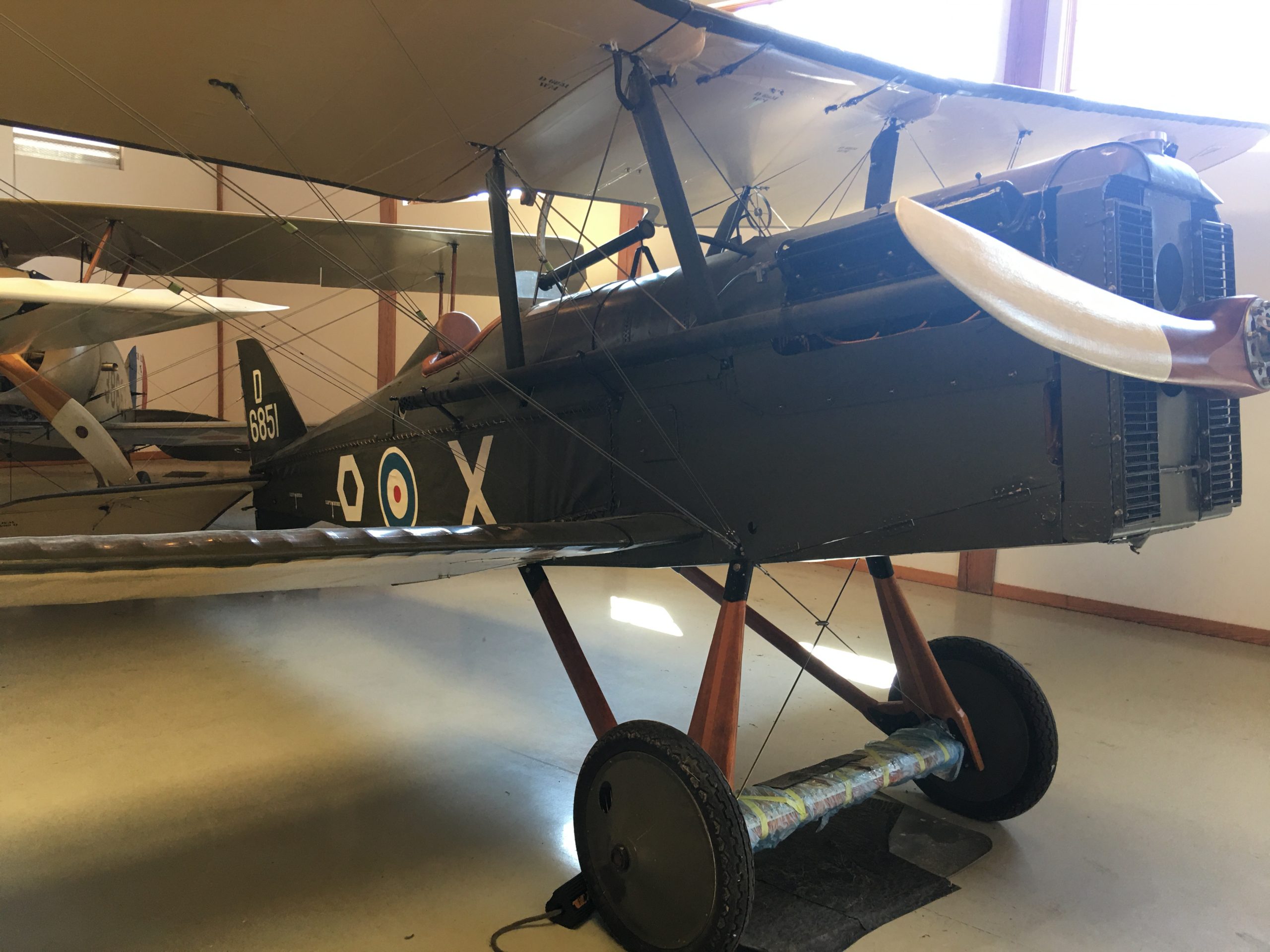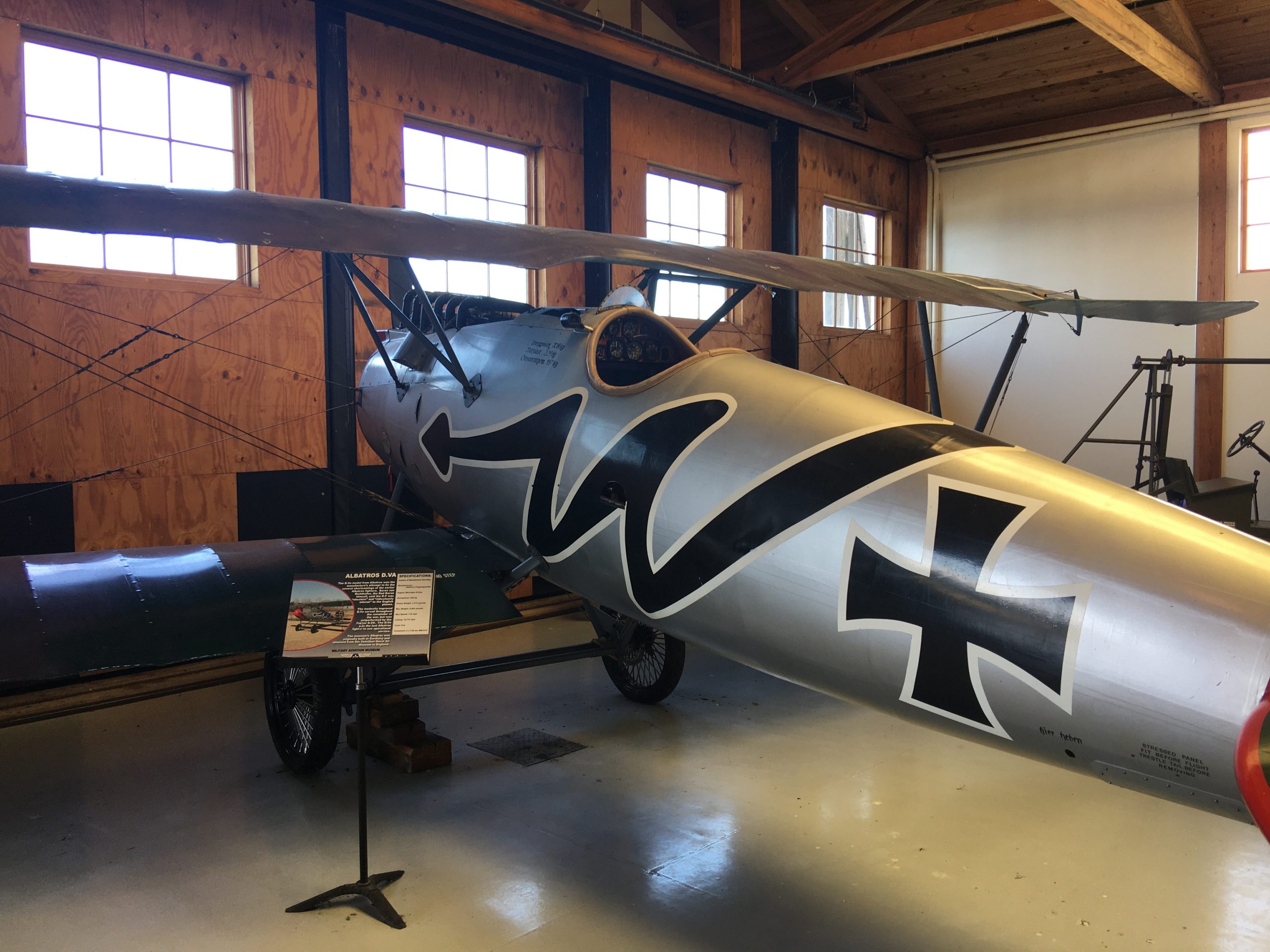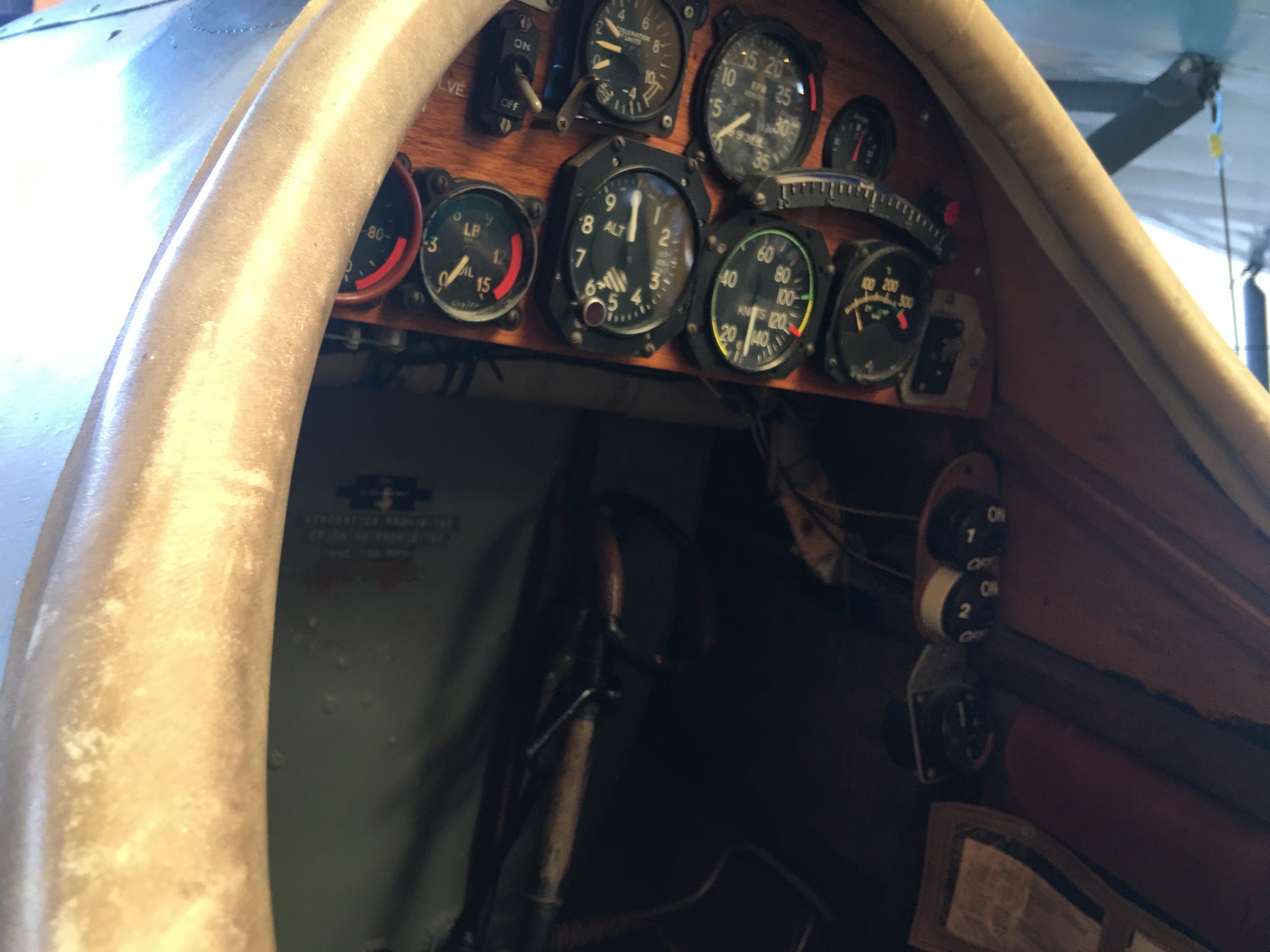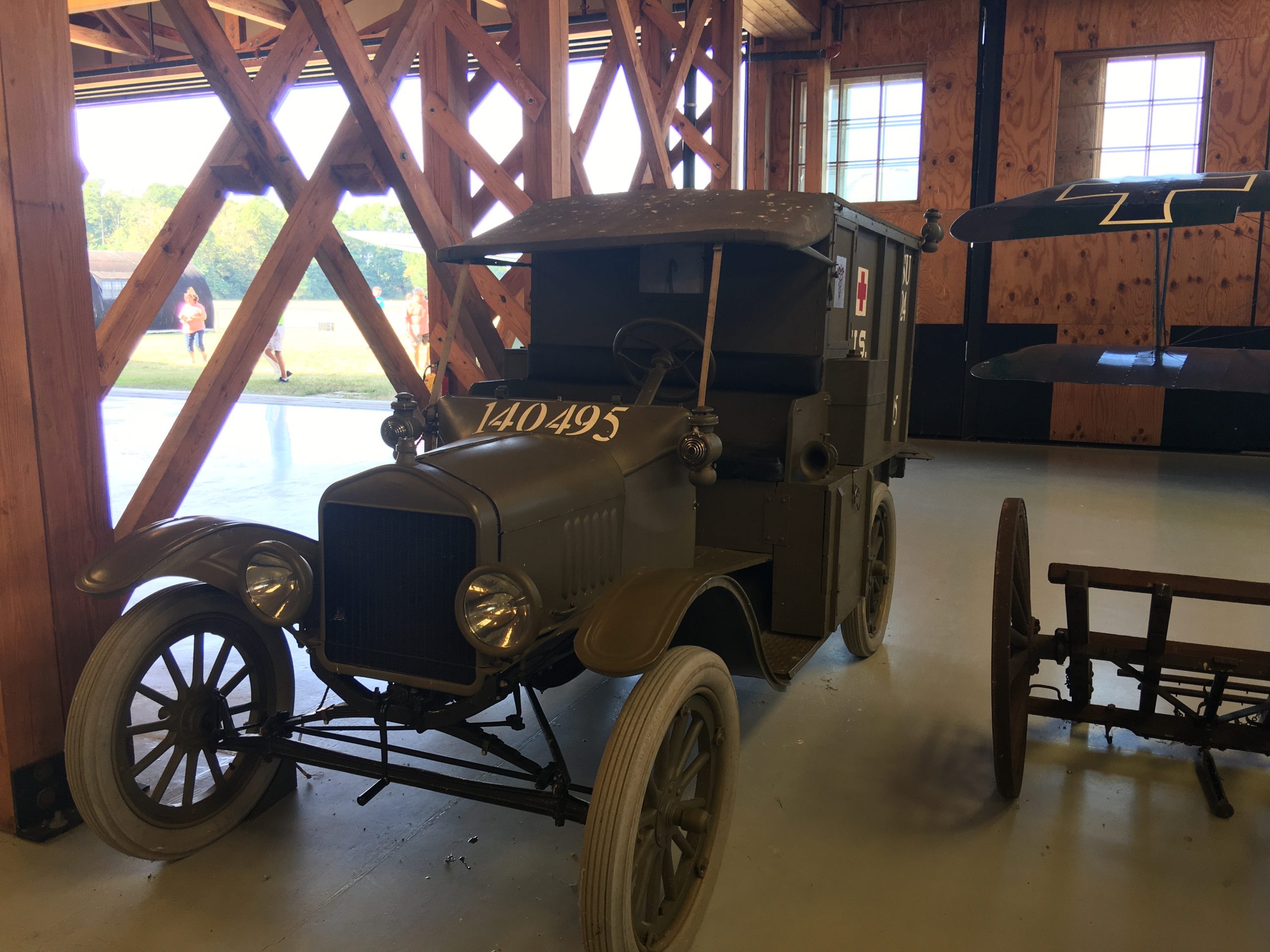In early October I spent the weekend in Virginia Beach at the “Warbirds Over the Beach” airshow. This seventh post on the air show include some more Great War airplane pictures that I took and a few other pictures taken by others. It will be my last post of Great War airplanes for now.
This is a replica of SE-5a. One of the better allied fighters in the war (5205 built). It usually had one cowling mounted machinegun and one Lewis gun mounted on the upper wing.



There are videos of it taxiing here: https://aerodynamicmedia.com/taxi-tests-underway-for-military-aviation-museums-new-s-e-5a-video/
I forget what this plane is. Anyone recognize it?

This is an Albatros DVa. The Germans spell ‘Albatross’ with one ‘s.’


Nice period piece:

This is a 7/8th scale replica of a Spad XIII. I am truly mystified why someone would build a 7/8th’s scale replica. This is actually a flying model. See this link: https://militaryaviationmuseum.org/aircraft/wwi-aircraft/



It looks like a Sopwith Pup. Not 100pc sure though.
The SE5 had a French (Hispano-Suiza) engine. Which is one of those conveniently forgotten (by many Anglo-Americans) that French industry supplied their own army, the Americans, and in many important particulars, the English as well.
The engine cowling doesn’t match.
French provided a lot of plane engines to the English (perhaps the majority), provided the United States with its planes, provided many of the engines for the German aircraft (under license), provided the design for the Fokker Eindeckers (borrowed by Fokker, done under license by Pfalz). The French certainly were the dominant pioneers of aviation from 1909-1919.
The United States had really dropped the ball on this one and went into the Great War with no real modern designs except the Curtiss Jenny.